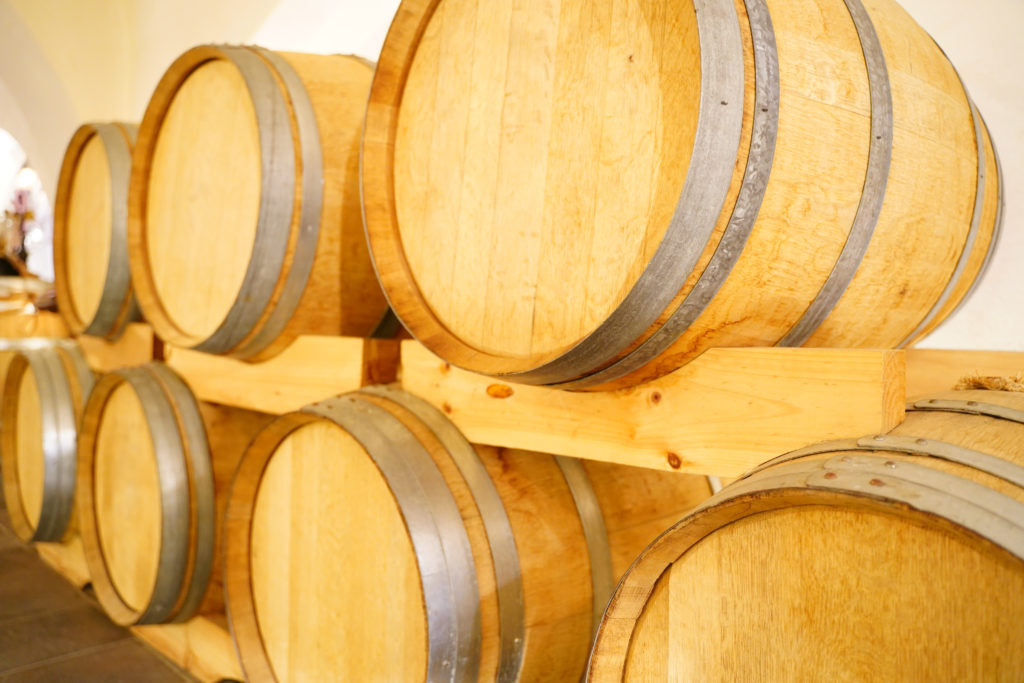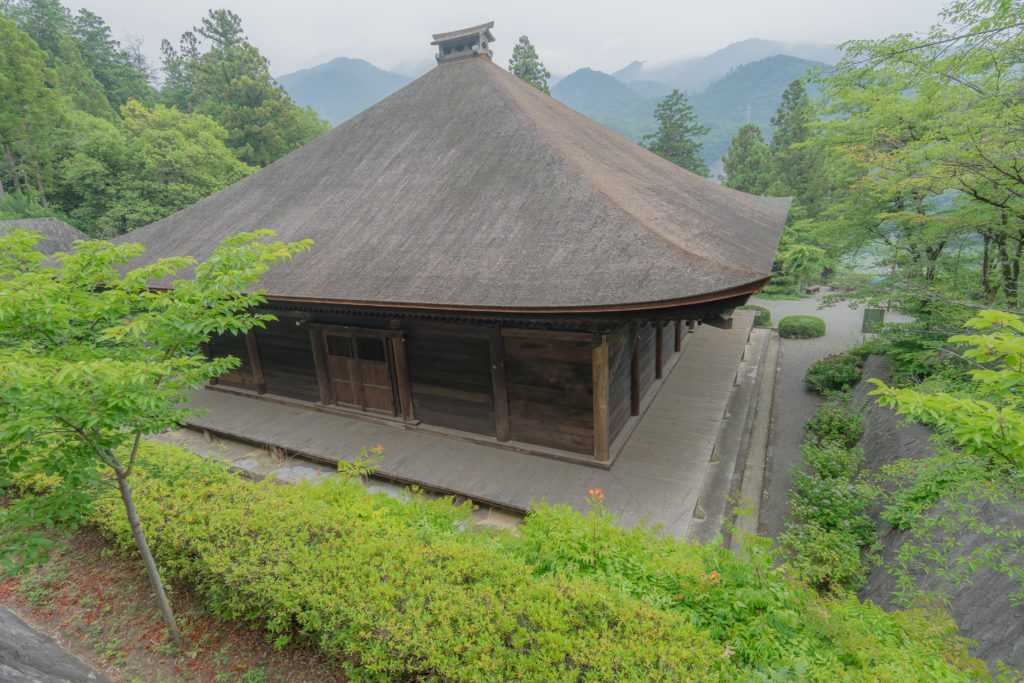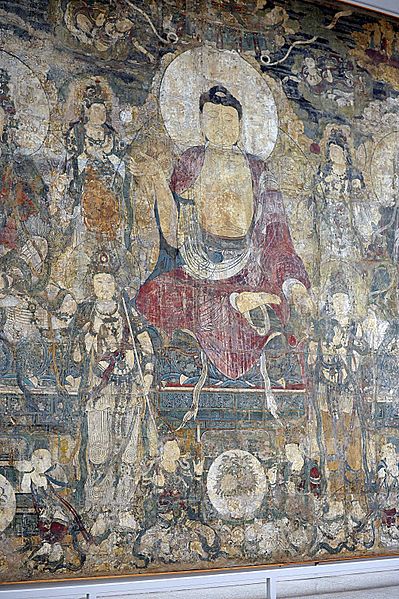
Daizenji Temple and Koshu Wines
Koshu Valley in Yamanashi Prefecture is known for producing some of Japan’s finest wines. It includes surrounding mountains that covers about 756 square kilometers. The valley extends as far as the town of Kushu, Fuefuki and Yamanashi and is collectively named the “Kyoutou Region” or the “Yamanashi Wine Resort”. Koshu Valley is the largest grape producing area in Japan and has the highest number of wineries in the country and is the leading producer of Japanese wine using the Koshu grape grown in the area.
Daizenji Temple,”Grape Temple”, Japan.
Koshu grape is a white wine grape variety that is said to be a hybrid of the Vitis vinifera, native to the Mediterranean region, Central Europe, and southwestern Asia, and one or more of the Asian Vitis species. Koshu was the former name of Yamanashi and the current name of the main town in the valley where Koshu grapes are predominantly grown.
As the story goes, the Buddhist priest of the Nara period, Gyōki (668–749), who became a monk at Asuka-dera at the age of 15 and studied under Dōshō (a monk credited with playing an influential role in the founding of Buddhism in Japan). In the early part of the eighth century, Gyōki, while visiting the Koshu Valley, dreamt that Yakushi Nyorai, the Buddha of Medicine, came to him clutching a bunch of grapes in one hand and a bottle of medicine in the other.
Bhaiṣajyaguru, the Buddha of Medicine. | NickDupree
Gyōki soon after, carved a statue of the fruit bearing kami and proceeded to build the Daizenji temple in his honor. The faithful monk also began cultivating local koshu grapes for medicinal purposes and proclaiming the fruit’s health benefits and preaching cultivation practices. Farmers started to collect and ferment damaged grapes, mixed copious amounts of sugar and created Koshu wine. The practice flourished throughout the valley maintaining the wine’s unique flavor being sweet, light and crisp with citrusy notes with the wine remaining undiscovered outside Japan for many centuries.
Wine barrels Yamanashi.
Daizenji, also known as the “Grape Temple”, has numerous artifacts within its grounds with the main hall dating back to the Kamakura Period (1192-1333).Daizenji’s main hall houses the statue of the Buddha of Medicine holding a cluster of grapes, a replica of the original one carved by Gyōki. In 1953, Daizenji brought together several farmers to mass produce Koshu wine within the temple complex. Today, the winery at the heart of Daizenji temple, produces 9,000 bottles of wine annually. Koshu wines is one of the few Japanese wines that has garnered international attention.



